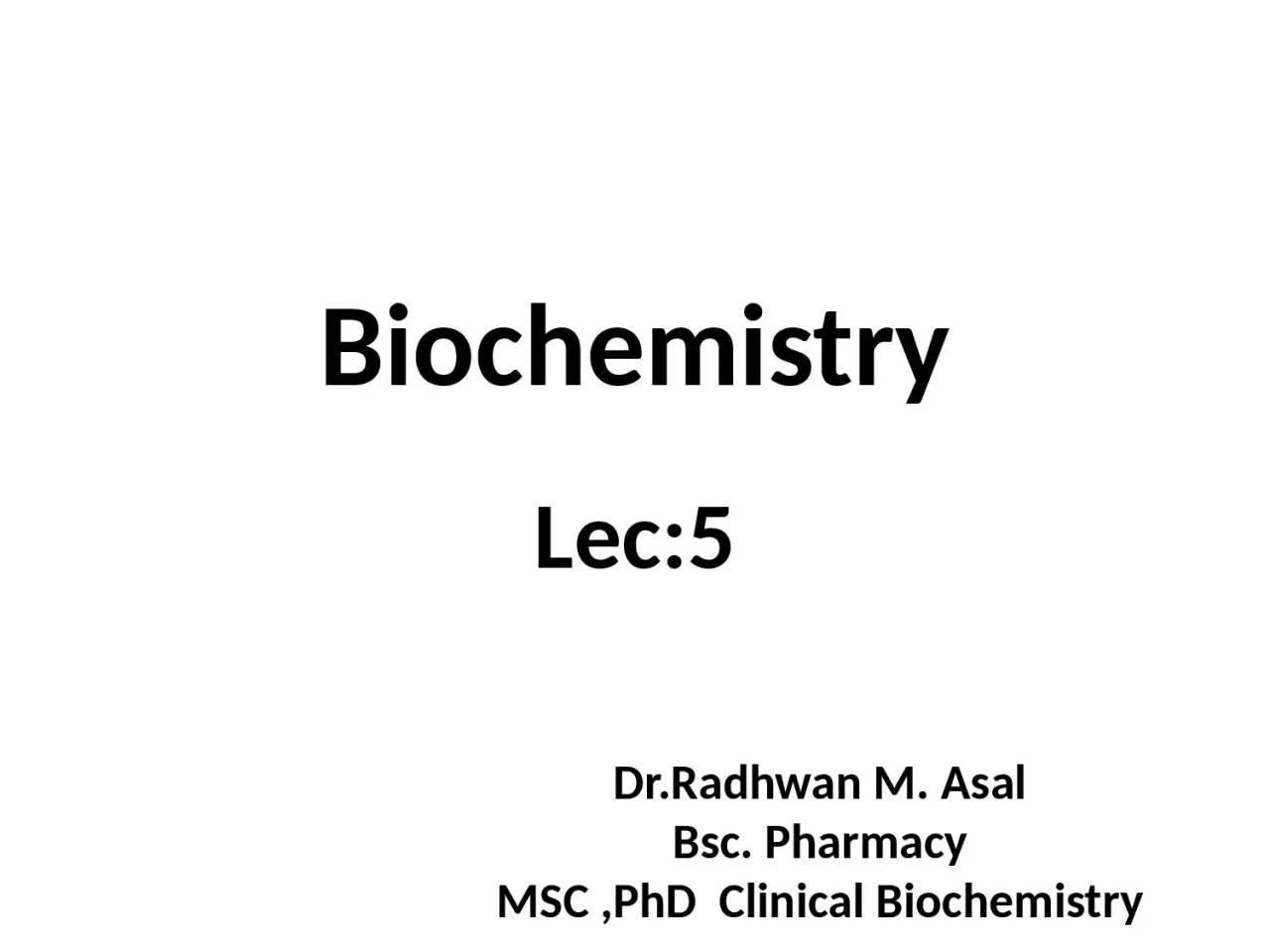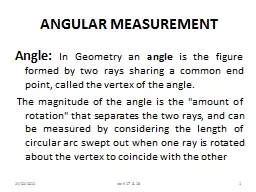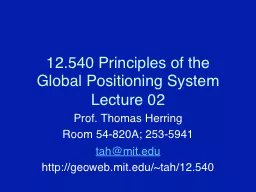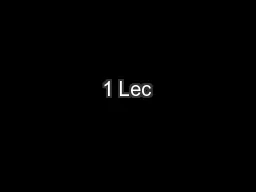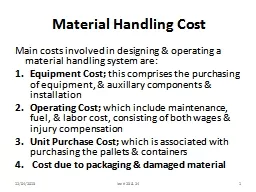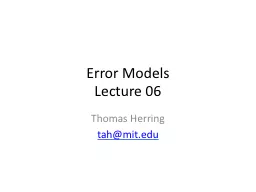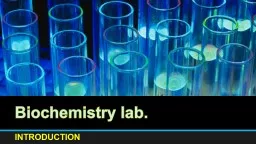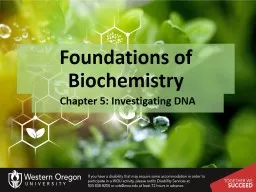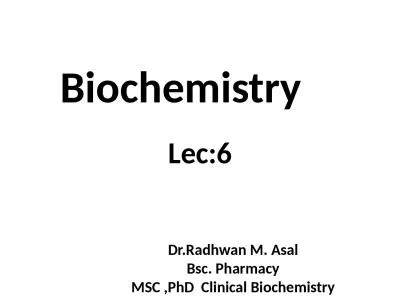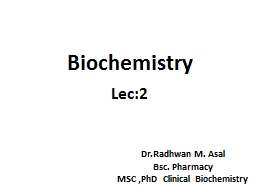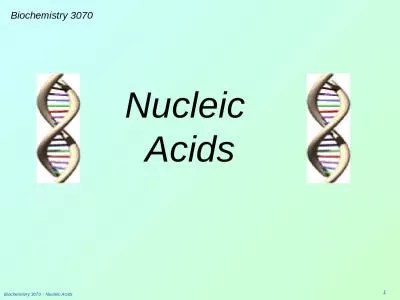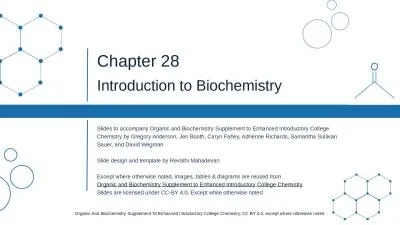PPT-Biochemistry Lec:5 Dr.Radhwan
Author : roy | Published Date : 2022-06-15
M Asal Bsc Pharmacy MSC PhD Clinical Biochemistry In the TCA cycle oxaloacetate is first condensed with an acetyl group from acetyl CoA and then is regenerated
Presentation Embed Code
Download Presentation
Download Presentation The PPT/PDF document "Biochemistry Lec:5 Dr.Radhwan" is the property of its rightful owner. Permission is granted to download and print the materials on this website for personal, non-commercial use only, and to display it on your personal computer provided you do not modify the materials and that you retain all copyright notices contained in the materials. By downloading content from our website, you accept the terms of this agreement.
Biochemistry Lec:5 Dr.Radhwan: Transcript
Download Rules Of Document
"Biochemistry Lec:5 Dr.Radhwan"The content belongs to its owner. You may download and print it for personal use, without modification, and keep all copyright notices. By downloading, you agree to these terms.
Related Documents

